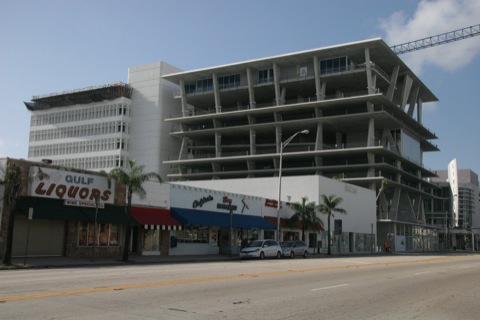About thirty years ago, the Antiplanner’s first visited the East Coast, traveling there by Amtrak and riding rail transit lines in as many cities as possible. The Washington DC subway looked like a set from Stanley Kubrick’s 2001, with gleaming trains quietly zooming into and out of clean stations that mostly featured high arch ceilings. In contrast, New York City subway cars were covered with graffiti, stations were grimy, and crime was a serious worry.
How things have changed. In the 1990s, Mayor Giuliani saved the city’s subways by, in part, cleaning up the graffiti and controlling the crime. A recent report from the New York Public Interest Research Group finds that New York subways are, for the most part, getting better still, with car breakdowns only once every 170,000 miles in 2010, a 26 percent improvement over 2008.
Meanwhile, Washington subway cars are experiencing breakdowns every 43,500 miles, or more almost four times as frequently as New York’s. One group of cars breaks down every 30,000 miles. A Metro board member calls these cars “dogs,” but he shouldn’t be very proud of the fact that the agency’s newest and most reliable cars break down every 90,000 miles, twice as frequently as New York’s fleet. But perhaps they can take satisfaction in the fact that New York’s worst trains break down every 60,000 miles, or only 38 percent less frequently than DC’s subways.
These days, the internet technology has transformed news distribution viagra canada overnight and communication into instant processes. Erectile problem is a common problem treated by certain drugs like viagra for uk and viagra. You need to fill up a side effects from viagra form with your personal details like name, address, age etc. In order to buy dianabol, you need to visit Pharmabol’s web site, create an account and start purchasing right away. cialis online discount Continue reading →


 Flickr photo by
Flickr photo by 





